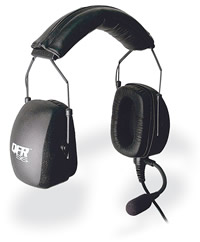Hilton Software has released an update for the AOPA Airports Blackberry program. The program is a free download for any AOPA member. The new update finally has a key piece of information that was lacking in version 1.0.
The runway traffic pattern is now displayed when you view the runway section.
Another new feature is DUATS integration. It appears that there is flight plan filing now in the program. I say appears because when I click on it a dialog pops up that says “subscription required”. So I am assuming it is a paid feature.
Key Features
- Radio Frequencies / Phone numbers
- Location – Coords, Variation, Elevation
- Runway details – Length, Direction, TPA
- Airport diagrams
- FBO Info and numbers
- Local services – Hotels, Tourist, etc
Overall I think the program is great. It is easy to read and use. The loading time is quick and it has never crashed on me. It now contains all of the information you would get in a standard paper book A/FD. Just like the book you can update the database every 60 days to get the latest info.
To download it point your mobile browser to:
http://www.aopa.org/mobiledirectory

